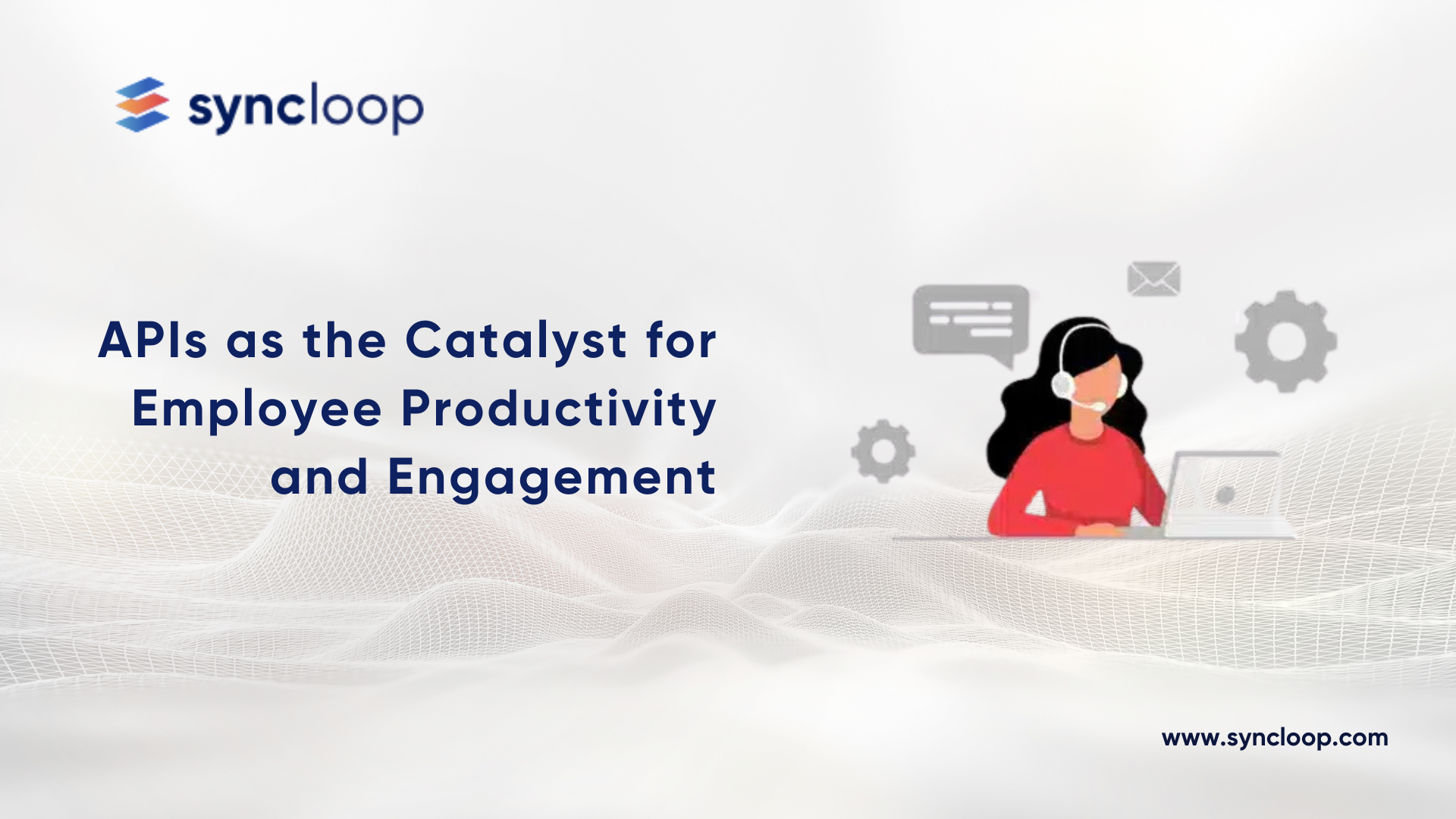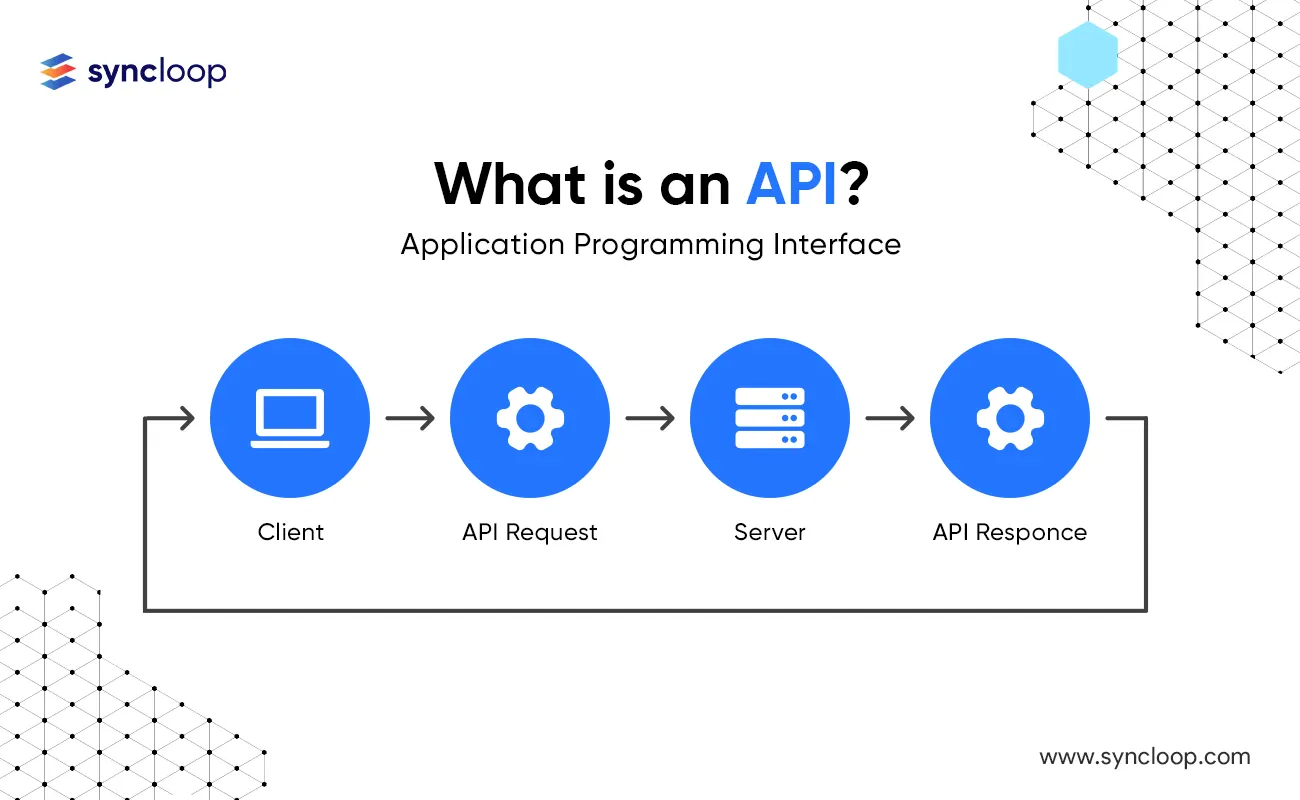APIs as the Catalyst for Employee Productivity and Engagement
Posted by: Deepak | August 21, 2024

Categories: APIs, employee productivity, employee engagement
In today's digital workplace, APIs (Application Programming Interfaces) have emerged as powerful enablers of employee productivity, collaboration, and engagement. By facilitating seamless integration between internal applications and services, APIs streamline workflows, foster knowledge sharing, and create a more connected and empowered workforce.
The Role of APIs in Boosting Employee Productivity
APIs play a pivotal role in transforming customer experiences by:
- Automating Routine Tasks: APIs can automate repetitive tasks, freeing up employees to focus on higher-value activities. For example, an HR API can automate employee onboarding processes, reducing administrative burdens.
- Streamlining Workflows: APIs can integrate disparate systems, creating efficient workflows. For instance, an API can connect a project management tool with a time tracking application to automatically update task statuses.
- Enabling Self-Service: By exposing internal services through APIs, employees can access information and perform tasks independently, reducing reliance on IT support.
APIs as a Catalyst for Collaboration
APIs foster collaboration by:
- Facilitating Data Sharing: APIs enable secure and controlled sharing of data across different departments and teams, fostering collaboration and knowledge sharing.
- Enabling Real-Time Communication: APIs can integrate with collaboration tools like chat and video conferencing platforms to enhance real-time communication and teamwork.
- Supporting Document and File Sharing: APIs can enable seamless sharing of documents and files across different applications and platforms, improving collaboration efficiency.
Enhancing Employee Engagement with APIs
APIs can contribute to a more engaged workforce by:
- Personalizing Employee Experiences: APIs can collect and analyze employee data to deliver personalized experiences, such as tailored learning paths or personalized recommendations for tools and resources.
- Empowering Employees: By providing employees with the tools and information they need through APIs, organizations can empower them to take ownership of their work and contribute effectively.
- Fostering a Culture of Innovation: APIs can facilitate the development of internal applications and services, encouraging innovation and experimentation among employees.
Building an API-Driven Internal Ecosystem
To effectively leverage APIs for employee productivity, collaboration, and engagement, organizations should consider the following:
- API Strategy and Inventory: Develop a comprehensive API strategy, identifying core business processes and data that can be exposed through APIs. Create a central API inventory to manage and govern API usage.
- Security and Compliance: Prioritize API security to protect sensitive data and ensure compliance with relevant regulations. Implement robust authentication and authorization mechanisms.
- Developer Experience: Provide developers with the necessary tools, documentation, and support to create and consume APIs effectively.
- Monitoring and Analytics: Implement API monitoring to track usage, performance, and identify potential issues. Utilize analytics to measure the impact of APIs on employee productivity and engagement.
API Integration for Employee-Centric Applications
APIs can be integrated into various internal applications and services, including:
- HR Systems: APIs can expose employee data, benefits information, and HR processes for integration with other HR tools and applications.
- Project Management Tools: APIs can enable integration with time tracking, expense management, and collaboration tools to streamline project management workflows.
- Knowledge Management Systems: APIs can facilitate access to knowledge repositories and enable search and discovery of relevant information.
- Communication Platforms: APIs can integrate communication tools with other enterprise applications, enabling seamless collaboration and information sharing.
Benefits and Challenges of API-Driven Internal Applications
Benefits:
- Increased productivity and efficiency through automation and streamlined workflows
- Improved collaboration and knowledge sharing among employees
- Enhanced employee experience through personalized and self-service capabilities
- Potential cost savings through reduced manual processes
Challenges:
- Data security and privacy concerns
- API management overhead
- Integration complexities
- Ensuring API consistency and reliability
Tools and Technologies for API-Driven Internal Applications
Several tools and technologies can support the development and management of APIs for internal applications:
- API Management Platforms: Platforms like Syncloop and AWS API Gateway provide tools for designing, managing, and securing APIs.
- Integration Platforms: Integration platforms like Zapier and Workato can be used to connect different applications and data sources through APIs.
- Low-Code/No-Code Development Platforms: These platforms enable rapid development of internal applications and integrations with APIs.
- Security Tools: Tools like OAuth and OpenID Connect can be used to secure API access and protect sensitive data.
Conclusion
APIs have the potential to revolutionize how organizations operate by empowering employees, fostering collaboration, and driving productivity. By strategically implementing APIs and leveraging the right tools and technologies, businesses can create a more efficient, engaged, and innovative workforce.
Remember, the successful adoption of APIs for internal applications requires a holistic approach that considers the needs of employees, the security of data, and the overall business objectives.
Back to Blogs

